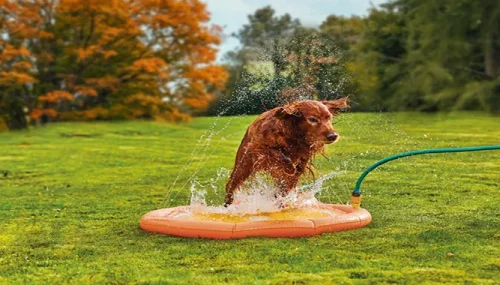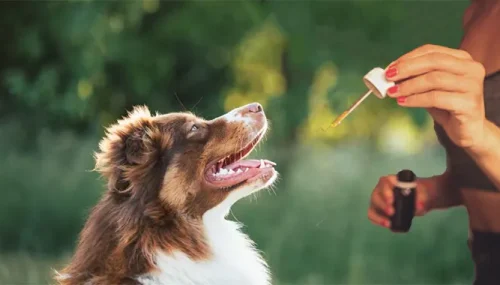What To Do If Your Dog Has a Cold
It’s hard to imagine your pet having the same illnesses as you do during the winter months; but it’s true that dogs, just like their companions, can contract viral infections that cause cold-like symptoms. If your dog has a cold, you can help him stay comfortable and recover. A veterinary examination is often necessary for these infections, but you can also treat viral illnesses at home a number of ways.
First it’s important to recognize the symptoms of a cold. Common symptoms of a canine cold include: lethargy, runny nose, watery eyes, coughing and sneezing.
What you can do to treat and reduce the duration of your dog’s cold:
1) Food and Water
Provide your dog with as much food and water as it wants while sick. He/she needs the energy to fight off the infection. Water is extremely important if your dog has a cold, so you …















